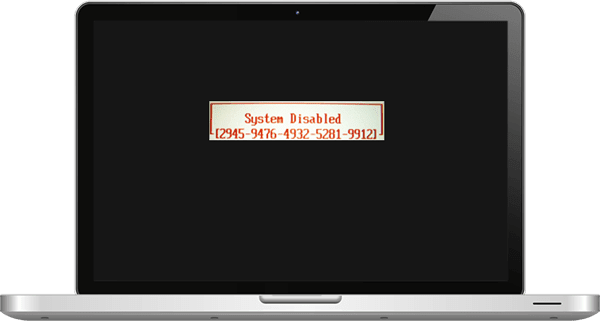- Dell Bios Password Reset Tool Download
- Download Free Password Cracker
- Hp Bios Password Reset Software Download
- Bios Password Cracker Free
- Hp Bios Password Reset Tool Download
BIOS is a kind of software situated as a chip in the motherboard of your computer. BIOS been present in the computer from the pre-initial stage of it's use even before you turn on your computer. The password you configure for your BIOS is required by you whenever you turn your computer on in order to boot your installed operating system.
If you can't remember a BIOS or CMOS password, you're pretty screwed because you won't be able to even boot up Windows. Earlier, I had written about a way to remove BIOS password using the jumper settings. /smd-resistor-code-calculator-software-free-download.html.
RAR Password Recovery is a powerful tool to recover lost (forgotten) passwords for a RAR/WinRAR (2.xx and 3.xx) archives. The program supports the 'brute-force' attack, dictionary-based attack and dramatically fastest 'Booost-Up' attack. Download tools for Basic Input/Output System (BIOS) and Complementary metal–oxide–semiconductor (CMOS). The BIOS Password Remover is an easy-to-use tool to recover, delete, decode and display the superior passwords stored in BIOS whatever the brand is. Most types of BIOS are supported. It’s an bootable DVD that runs on x86 and x8664 computers. No need to pay expensive fees to experts. It’s a useful tool for users to get their lost BIOS. Pwdump: Password recovery tool for Windows Pwdump is actually different Windows programs that are used to provide LM and NTML hashes of system user accounts. Pwdump password cracker is capable of extracting LM, NTLM and LanMan hashes from the target in Windows, in case if Syskey is disabled, software has the ability to extract in this condition.

I recently ran across another program that you can use to recover a CMOS or BIOS password. CMOSPwd works under Dos, Windows 98, Windows NT, Windows 2000, Windows XP, Windows 2003, Windows Vista, Windows 7, Windows 2008, Linux, FreeBSD, and NetBSD.
The program basically decrypts the password that is stored in CMOS, which is used to access the BIOS setup. Now this program won't work with all BIOS out there, but here are the ones it will work with:
Dell Bios Password Reset Tool Download
- ACER/IBM BIOS
- AMI BIOS
- AMI WinBIOS 2.5
- Award 4.5x/4.6x/6.0
- Compaq (1992)
- Compaq (New version)
- IBM (PS/2, Activa, Thinkpad)
- Packard Bell
- Phoenix 1.00.09.AC0 (1994), a486 1.03, 1.04, 1.10 A03, 4.05 rev 1.02.943, 4.06 rev 1.13.1107
- Phoenix 4 release 6 (User)
- Gateway Solo – Phoenix 4.0 release 6
- Toshiba
- Zenith AMI
If you are lucky enough to have one of these, you may be able to recover the password easily. Using the program requires a little bit of the command prompt, so make sure you are familiar with that before using it.

Download Free Password Cracker
Basically, to run it, go to the command prompt and use CD command to navigate to the directory where you stored the file. At the command prompt, type in CMOSPWD and press Enter key.
You'll get a list of possibilities which you can compare against your BIOS manufacturer.
To recover the password, you need to note the value to the right of the BIOS you have installed and then you have to type in cmospwd /m[xxx] to execute the module. If that doesn't work, you can kill the BIOS using the /k switch.
However, DO NOT kill the CMOS if you are recovering the password for a laptop. On laptops the CMOS password is usually stored in a EEPROM on the motherboard, so you need a EEPROM programmer to retrieve it.
Since using the program is a bit complicated, make sure to read the instructions provided beforehand. But if you need to recover Windows login password, then you can get Password Recovery Bundle to recover your lost or forgotten Windows admin/user passwords.
Ready to try or buy?
- Buy Password Recovery Bundle Standard
- Download Password Recovery Bundle